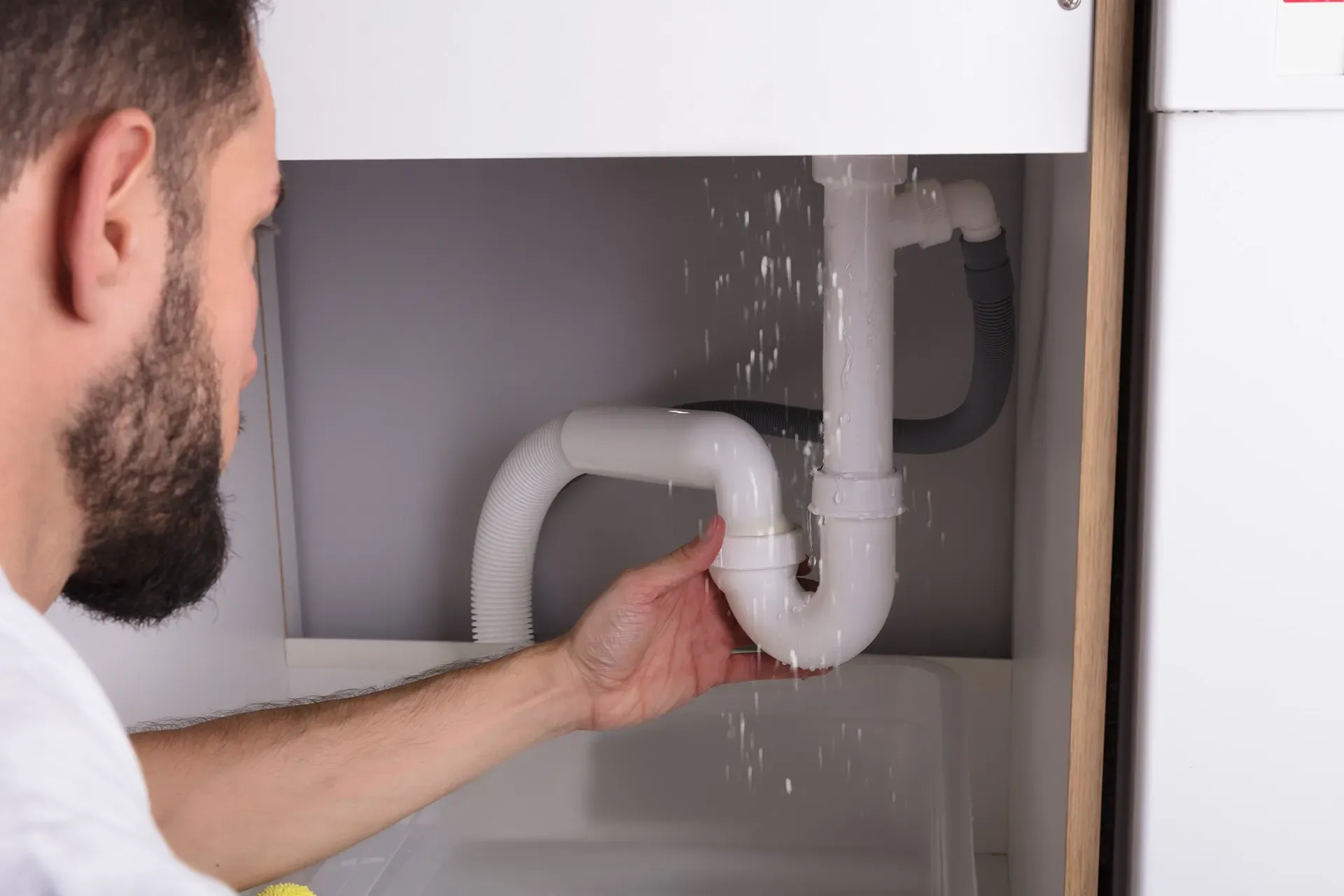Drains
Choose a topic about pipe leaks
Top Causes of Water Pipe Leakages
Several factors can lead to pipe leaks:
- Corrosion: Over time, metal pipes may corrode, resulting in leaks.
- Tree Roots: Tree roots seeking water can crack pipes if they grow close to the pipeline.
- Temperature Changes: Freezing temperatures cause pipes to burst, while extreme heat leads to pipe expansion and leaks.
- Poor Installation: Inadequate installation methods contribute significantly to pipe leaks.
- High Water Pressure, Moving Pipes, and Age can also cause leakage.
Understanding the Basics of Water Pipeline System
The water pipeline system in your home consists of several components: main service pipes, individual fixture water supply pipes, and drainage pipes. These interconnected pipelines deliver water to different points of use. Materials like copper, galvanized steel, PVC, or PEX are commonly used for pipe construction. Understanding these basics helps you recognize potential leaks.
Common Indicators of a Leaking Water Pipe
Detecting a water pipe leak is essential for early intervention:
- Water Stains: Look for stains on walls, ceilings, or floors.
- Mold Growth or Damp Patches: Unlikely areas with mold or dampness indicate leaks.
- Auditory Clues: Listen for dripping or rushing water sounds.
- Utility Bill Spikes: Unexpected high bills may signal a leak.
- Low Water Pressure: Reduced pressure can be a tip-off.
- Wet Spots on Sunny Days: Visible wet spots outdoors indicate leakage.
- Persistent Musty Smell or Pipe Rust: Subtle signs not to be ignored.
Temporary Fixes for Leaky Pipes
When you spot a leak, take immediate action:
- Turn Off Water Supply: Stop the water flow to the leaking area.
- Apply Silicone Tape, Epoxy Putty, or Rubber Sleeves: Temporarily patch the pipe.
- Tighten Nuts at Joints: For pipe joints, tighten the nuts to stop leaks.
- Replace Damaged Washers: Check and replace washers inside fittings.
Permanent Repairs Using Slip Couplings
For lasting solutions:
- Cut Out Damaged Sections: Use a pipe cutter to remove the damaged part.
- Use Slip Couplings: These connectors allow permanent repair without replacing the entire pipe.
Safety Measures During Repairs
- Power Down: Turn off water supply and clean the area around the leak.
- Smooth Sharp Edges: Use a metal file to prevent cutting through patches.
- Check for Leaks After Repair: Turn on the water supply and inspect
Professional Help
If the leak persists or if you’re unsure, it's time to give us a call. Sometimes, it’s best to call in the experts to ensure a thorough fix. Remember, early detection and timely action can prevent small leaks from escalating into bigger problems.

As your one-stop resource for every plumbing service ranging from simple repairs to complicated installations we promise to solve your plumbing problems efficiently and accurately. Our professional technicians come ready to handle any situation on the spot, saving you time, money and frustration.

